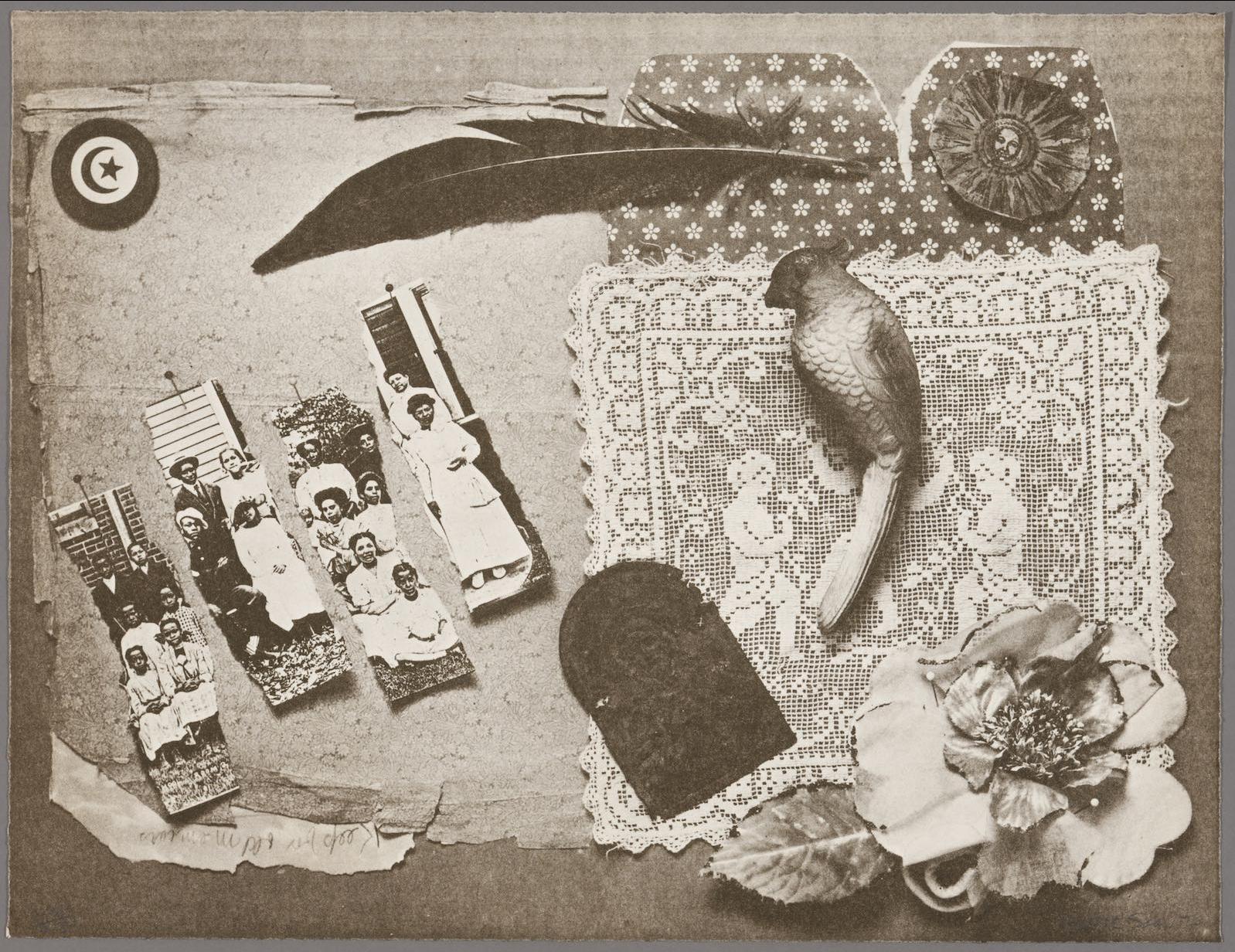
Betye Saar, Fragments, 1976. Lithograph, ed. 226/250. 14 1/2 x 18 3/4 in. Collection of Jordan D. Schnitzer.
WASHINGTON — The National Museum of Women in the Arts (NMWA) announces its first off-site exhibition to take place while its historic building is temporarily closed to the public for a major renovation. On view at the American University Museum at the Katzen Arts Center from January 29 through May 22, 2022, Positive Fragmentation: From the Collections of Jordan D. Schnitzer and His Family Foundation includes more than 150 works by 21 contemporary artists who use fragmentation both stylistically and conceptually. This is the first showing of a multi- year tour organized by the Jordan Schnitzer Family Foundation. Some of the artists pull apart images and ideas to expose what lies beneath or herald the value of each part. Others assemble fragments to create a new whole defined by its components. Employing a wide range of printmaking processes, the featured artists interrogate concepts such as gender, race and the environment.
NMWA Associate Curator Virginia Treanor selected the featured works from the Collections of Jordan D. Schnitzer and His Family Foundation, one of the largest private assemblages of contemporary prints, multiples, paintings and sculptures in the United States. The exhibition title references a phrase coined in 1978 by feminist scholar and critic Lucy Lippard as she addressed gender discrimination in the division between the concepts of “high” art and “hobby” art. Lippard describes positive fragmentation, or the “collage aesthetic,” as particularly suited to historically marginalized artists, as it “willfully takes apart what is or is supposed to be and rearranges it in ways that suggest what it could be.”
“While our building is in a period of transition, we are delighted to be able to work in partnership with Jordan D. Schnitzer and His Family Foundation and the American University Museum to share with new audiences the work of some of the most important contemporary women and non-binary artists working today,” said NMWA Director Susan Fisher Sterling. “The featured artists question the status quo and suggest new perspectives.”
Although the exhibition’s theme was chosen before the global pandemic, it is apt for the world it has become. While a virus that knows no borders has underscored the interconnectedness and interdependency of the world’s population, the experience has also shattered societal infrastructures, institutions and individual lives, laying bare persistent inequalities. Exploring the impulses that drive these artists’ creative approaches through the lens of “positive fragmentation” can provide new ways of making sense of our own fractured pandemic-era world and provide inspiration for how to navigate the future.
“I often say artists are chroniclers of our time, and we can look to them for guidance, inspiration, and motivation to create a more equitable world for all.” says Jordan D. Schnitzer. “I hope this exhibition will advance conversations about the role these artists have had in society. Often facing discrimination from major museums, the artists do not just persevere but flourish. It is too bad that some of them are not here today to see the impact of their work and the next generation of women artists who are already some of the most important artists today.”



























